Figure shows three arrangements of an electrons e and two protons p(where Dgtd)
(a) Rank the arrangement according to the magnitude of the net electrostatic force on the electron due to the protons placing the largest first.

(b) In situation (c), is the angle between the net force on the electrons and the line labeled horiontal less than or more than 45∘?

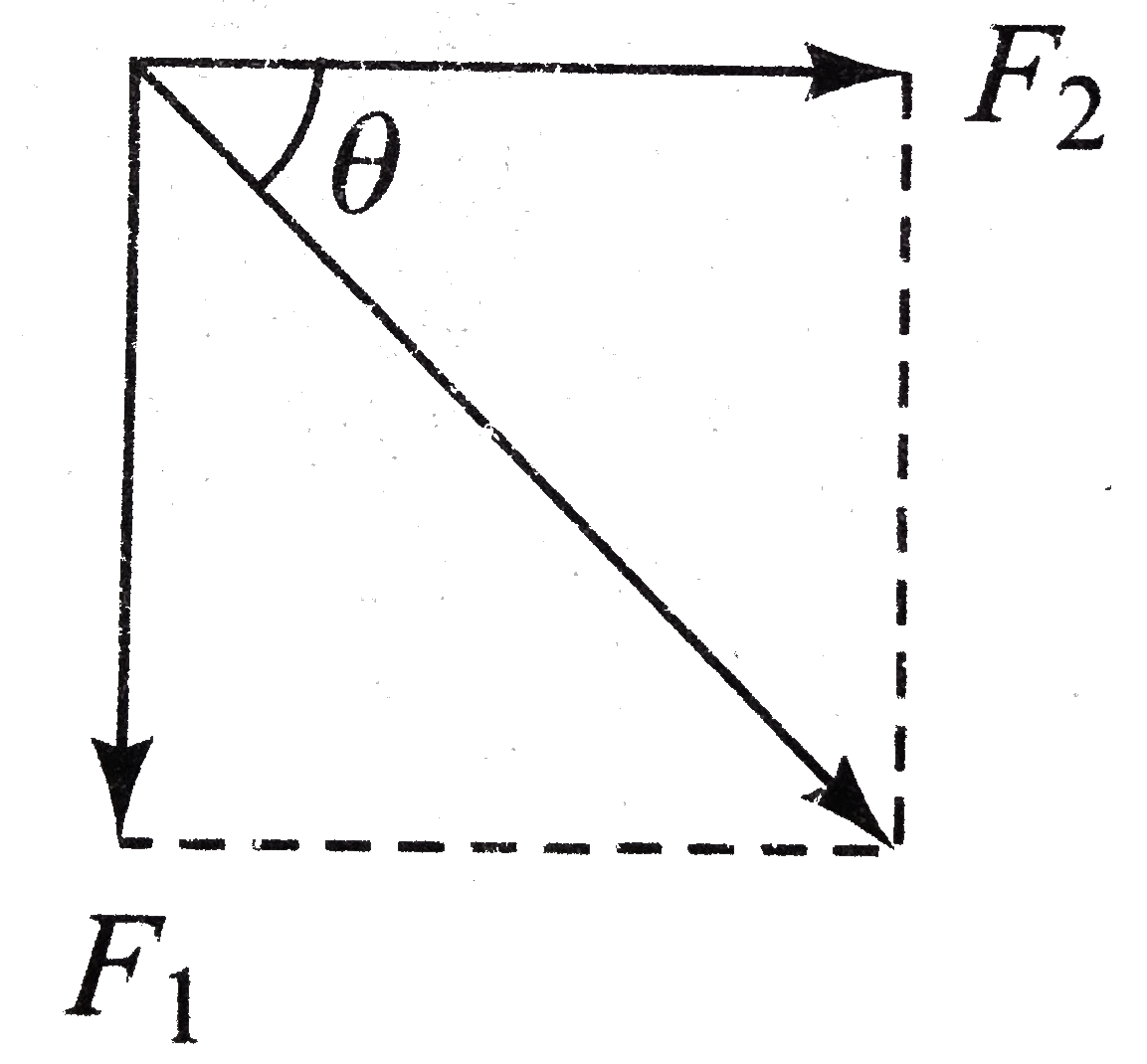
(a) It is clear from the diagram that
Fa>Fc>Fb
(b) Since F1>F2,tanθ=F1F2 or θ>45∘.
Topper's Solved these Questions
- COULOMB LAW AND ELECTRIC FIELDBOOK - CENGAGE PHYSICSCHAPTER - COULOMB LAW AND ELECTRIC FIELDEXERCISE - Subjective
32 Videos
- COULOMB LAW AND ELECTRIC FIELDBOOK - CENGAGE PHYSICSCHAPTER - COULOMB LAW AND ELECTRIC FIELDEXERCISE - Single Correct
47 Videos
- COULOMB LAW AND ELECTRIC FIELDBOOK - CENGAGE PHYSICSCHAPTER - COULOMB LAW AND ELECTRIC FIELDEXERCISE - Solved examples
10 Videos
- COMMUNICATION SYSTEMBOOK - CENGAGE PHYSICSCHAPTER - COMMUNICATION SYSTEMEXERCISE - QUESTION BANK
19 Videos
- Current ElectricityBOOK - CENGAGE PHYSICSCHAPTER - Current ElectricityEXERCISE - QUESTION BANK
40 Videos
Similar Questions
The figure here shows three arrangements of an electron e and two protons p. (a) Rank the arrangement according to the magnitude of the net electrostatic force on the electron due to the protons, largest first. (b) In situation c, is the angle between the net force on the electron and the line labelled d less than or more than 45∘ ?
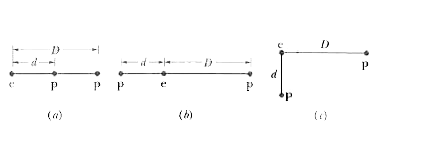
View SolutionFigure 1(a).24 shows two protons (symbol P) and one electron (symbol e) on a straight line AB. What is the direction of net electrostatic force on the central proton?
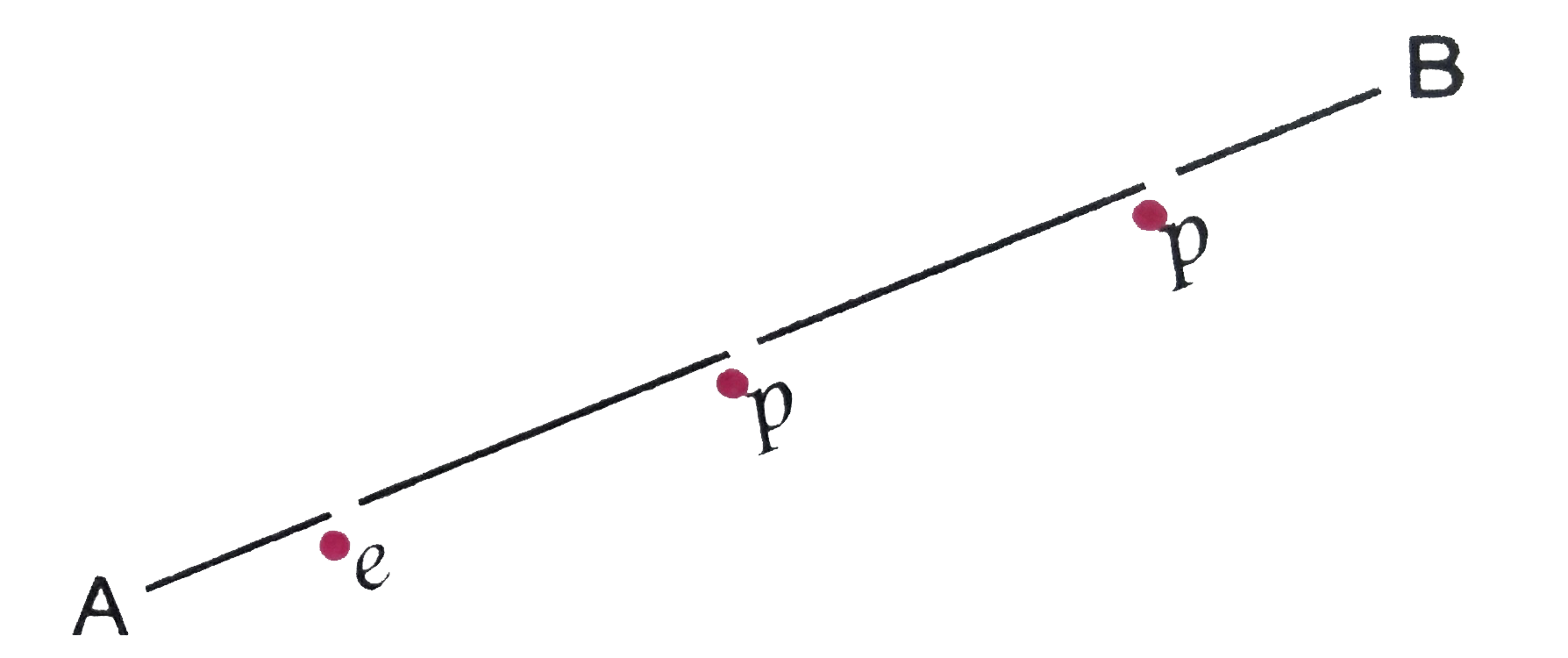
View Solution
Knowledge Check
The figure shows four arrangement of three particles of equal masses. Rank the arrangement according to the magnitude of the net gravitational force on the particle m, greatest first.
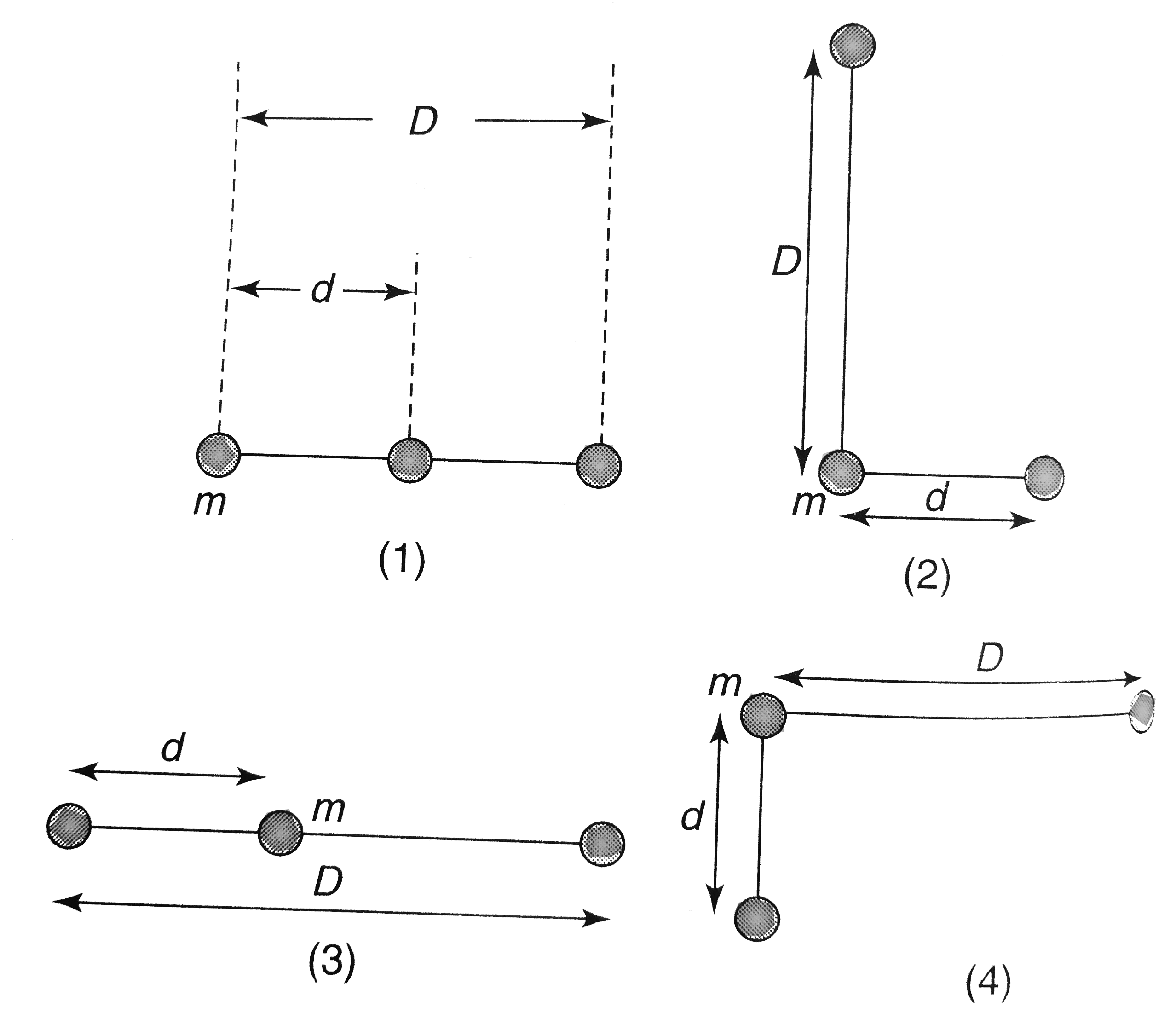 A1, tie of 2 and 4, then 3B1,4,3,2C2,3,4,1D4,3,1,2
A1, tie of 2 and 4, then 3B1,4,3,2C2,3,4,1D4,3,1,2The figure shows four arrangements of three particles of equal masses. (a) Rank the arrangements accroding to the magnitude of the net gravitational force on the particlelabeled m, greatest first. (b) In arrangement 2, is the direaction of the net force closer of the line of length d or to theline of length D ?
A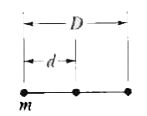 B
B C
C D
D
The diagram shows the arrangement of three small uniformly charged spheres, A,B and C. The arrow indicate the direction of the electrostatic forces acting between the spheres (for example, the left arrow on sphere A indicates the electrostatic force on sphere A due to sphere B). At least two of the spheres are positively charged. Which sphere, if any, could be negatively charged?
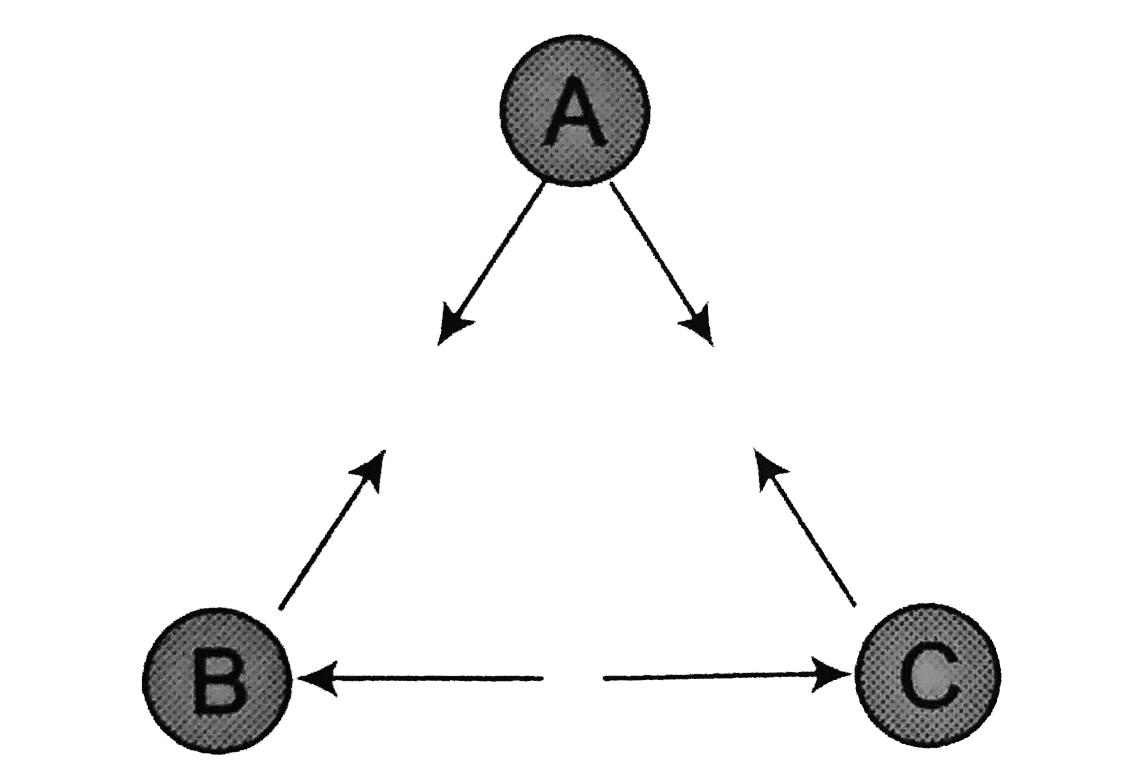 Asphere ABsphere BCsphere CDno sphere
Asphere ABsphere BCsphere CDno sphere
The figure shows two protons (symbol p) and one electron (symbol e) on an axis. On the central proton, what is the direction of (a) the force due to the electron, (b) the force due to the other proton, and (c ) the net force ?

View SolutionFigure shows four situations in which particles of charge +q or -q are fixed in place. In each the particles on the x-axis are equidistant from the y-axis. The particle on the y-axis experiences an electrostatic force F from each of these two particle.
(a) Are the magnitudes F of those force the same or different?
(b ) Is the magnitude of the net force on the particle on the y-axis. equal to grater than, or less than 2F?
(c ) Do the x-components of the two forces add or cancel?
(d) Do the y-components of the force add or cancel?
(e ) Is the direction of the net forcce on the middle particle that of the canceling components or the adding components?
(f) What is the direction of the net force on the middle particle ?
 ,
, 
 ,
, 
View SolutionThe diagram shows the arrangement of three small uniformally charged spheres, A,B and C. The arrow indicate the direction of the electrostatic forces acting between the spheres (for example, the left arrow on sphere A indicates the electronstatic force on sphere A due to sphere B). At least two of the spheres are positively charged. Which sphere, if any, could be negatively charged?

View SolutionFollowing figure shows the path of an electron that passes through two regions containing uniform magnetic fields of magnitudes B1 and B2 . It's path in each region is a half circle, choose the correct option

View SolutionA proton is nearly 1,836 times more massive than the electron. The Coulomb force of repulsion between two protons separated by a finite distance is F. The electrostatic force between two electrons separated by the same distance is:
View Solution
